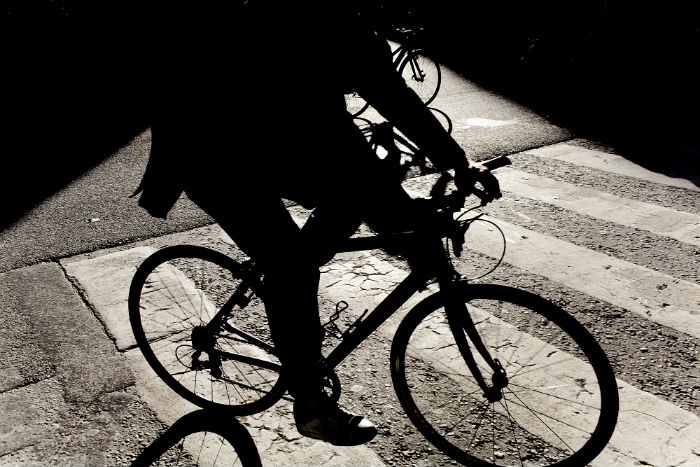By: Imogen Mathers
Send to a friend
The details you provide on this page will not be used to send unsolicited email, and will not be sold to a 3rd party. See privacy policy.
Ask someone to name five things they associate with Copenhagen, and chances are bicycles will top their list. Cyclists stream like mercury through the city on wide lanes threading between road and pavement. Half the workforce here cycle to work, and Copenhagen jostles with Amsterdam for the title of cycling capital of the world.
At the Global Green Growth Forum (3GF) in Copenhagen last week, bicycles emerged as more than just a greener, leaner way of getting about. Bikes — or rather the relationship between bikes and bike infrastructure — became a useful analogy for illustrating why some countries will struggle to meet the challenges laid down by the Sustainable Development Goals (SDGs) unless they take proper action.
Over the two-day conference, impressive stories of sustainable business and development were tempered by the caveat that they will only thrive if the institutional infrastructure and regulatory frameworks surrounding them are fit for purpose. To stick with the cycling example, one Lebanese delegate said: “if I cycled to work every day in Beirut, chances are I’d be knocked down and killed.”
Ventures that have taken up the SDG gauntlet face a similar tension between concept and context, with the added challenge of having to build trust and find cash. To make the transition to green energy technologies, countries need both tech and money, and, for many poorer countries, this will require external investors. Public bodies have funds for green projects but “the pipe is clogged”, said Akinwumi Adesina, president of the African Development Bank. What is needed is a combination of public funding, private finance, robust regulatory frameworks and solid institutional structures, he said.
Meanwhile, private investors need to trust new ventures enough to feel reasonably certain they’ll get a return on their cash. But issues such as conflicts and weak regulatory frameworks can keep them away.
The event discussed how public-private partnerships are one way to build trust and unlock funds. We heard how Pension Danmark — hardly the kind of business to play fast and loose with people’s money — is investing in what will become Africa’s largest wind farm project, at Lake Turkana in Kenya. The risk is shared with the Danish Climate Investment Fund, a joint venture between the Danish government and private investors.
The idea behind this venture is to give Kenya access to money and to Denmark’s formidable climate tech expertise (40 per cent of Danish energy is produced by wind farms). Meanwhile the Danish government makes good on its promises of climate tech transfer made at COP 15, the 2009 UN climate conference.
This kind of project takes hard work — and not every company, government or investor will be willing to do it. But, as Mark Malloch Brown, chairman of the new Global Commission on Business and Sustainable Development, put it: “This is the way the whole world is moving. If you’re not on the front line [of sustainable growth], you’re going to get stuck.”














